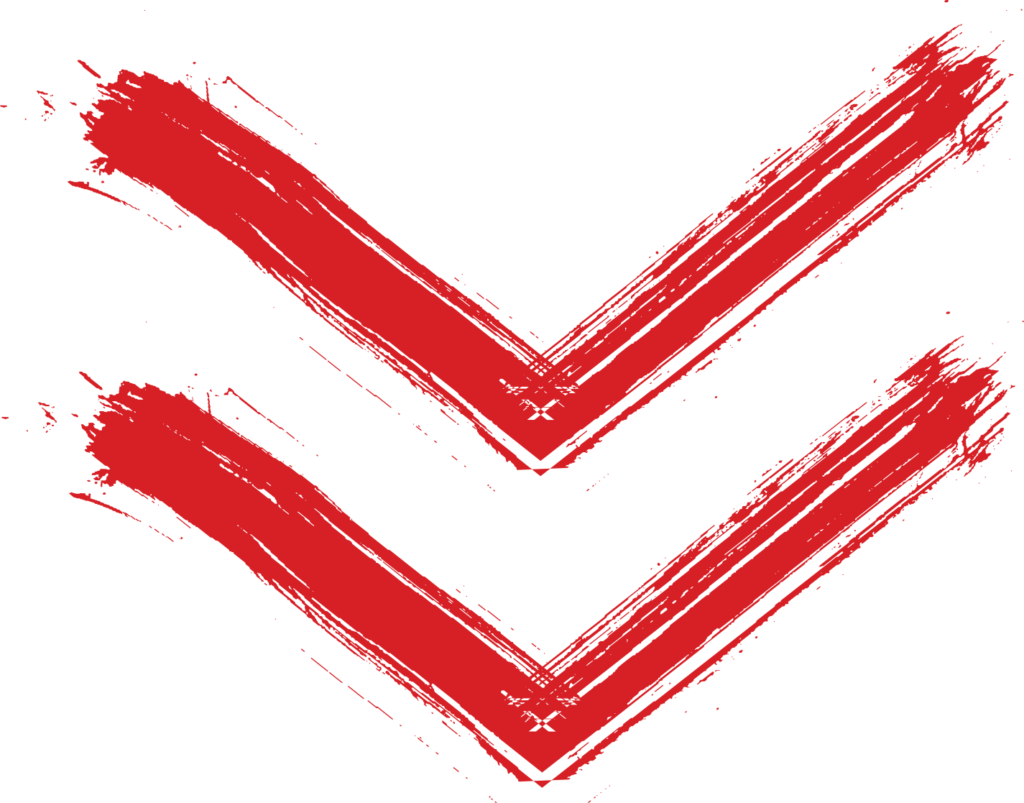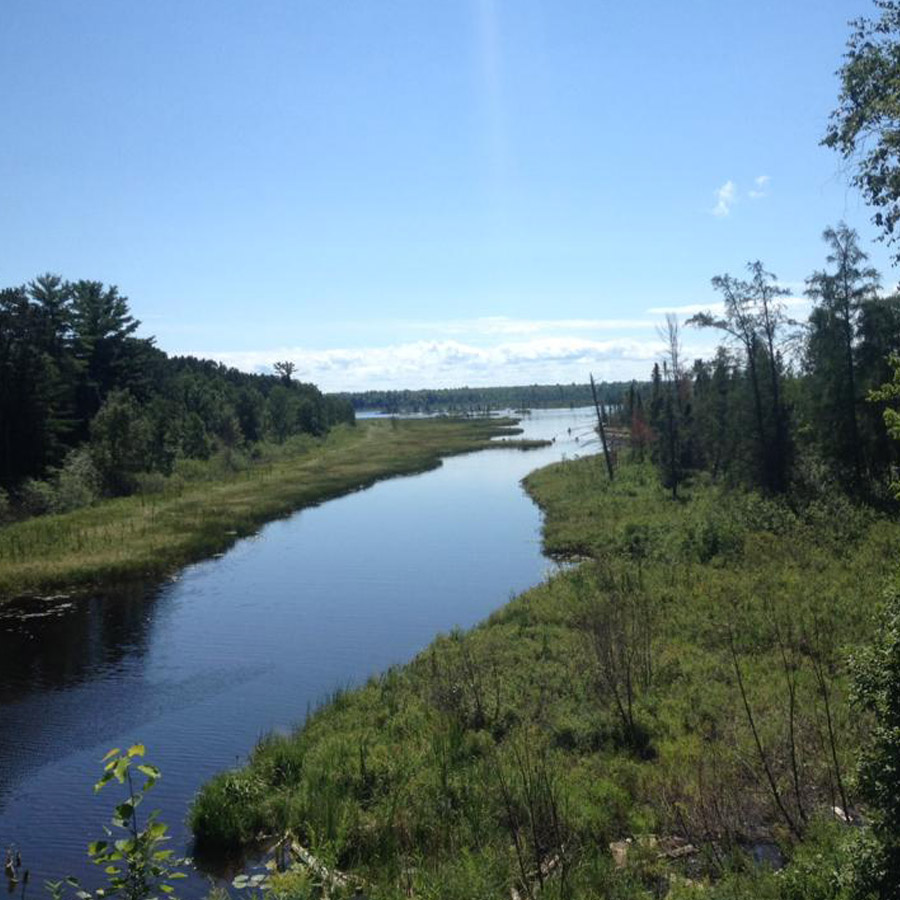WATER


CARING FOR WATER
We understand Water is a living sacred entity that is the source of health and life. As we take care of our Nations’ needs for clean water, we need to ensure our water rights, develop our unique water usage and water quality policies and programs, and utilize infrastructure choices that care for and heal the lands and ecologies we are responsible to care for.
WATER RIGHTS
Our primary tools to prevent water contamination within our reservations are the establishment of water quality policies, monitoring, and plans within our Nations. In the colonial US, we can apply for Treatment as a State status under the Clean Water Act (CWA). Using this mechanism, Tribes have been able to enforce higher water quality standards than states or cities, as well as expand the vision of caring for water to include the beings that live in and around the water. Our legal protection mechanisms are imperfect to say the least, but through obtaining investment in creating water plans and authorities within our Nations and utilizing the CWA, we can begin to raise the standard of caring for water in not only our Nations, but our extended watersheds.
‘Treatment as a State’ Application and Tribal Water Standards
https://www.epa.gov/wqs-tech/epa-actions-tribal-water-quality-standards-and-contacts
Keepers of the Water
First Nations, Métis, Inuit, environmental groups, concerned citizens, and communities working together for the protection of water, air, land, and all living things within the Arctic Ocean Drainage Basin
RAINWATER HARVESTING
Many of our Nations hold deep knowledge of how to care for, infiltrate, and collect rainwater to provide for our needs. Rainwater can be used for potable (drinkable) water, or non-potable uses such as irrigation, livestock watering, and washing. Collecting rainwater is an excellent, affordable, and simple way of conserving water. Additionally, rainwater is often free of many of the pollutants that affect surface and underground water supplies. Rainwater is typically soft, reducing the need for hardness treatment to preserve your plumbing. Use of rainwater also eliminates the need for chemical treatment and extensive pumping, thus saving energy and use of toxics.
Rainwater Harvesting Resource
http://www.harvestingrainwater.com
Green Infrastructure Guide
https://www.tucsonaz.gov/files/transportation/2006WaterHarvesting.pdf
Rainwater System sizing assistance:
https://www.rainbrothers.com/how-to-size-your-rain-harvesting-system
DIY Culvert Cistern Installation
CONSTRUCTED WETLANDS/GREYWATER SYSTEMS
Natural wetlands are Mother Earth’s way of purifying and renewing the health of water. Constructed wetlands, on large scales, and greywater systems, on residential scales, rely on the cultivation and restoration of diverse watershed ecologies to purify water, and are dramatically more affordable than standard systems. They also create enhanced diversity, wildlife and wetland plant habitat.
Arcata Marsh
City-scale constructed wetland for sewage treatment and ecological restoration
https://www.arcatamarshfriends.org/the-marsh/about-the-arcata-marsh-wildlife-sanctuary/
Tulalip Tribe Stormwater Wetland
https://nwtreatytribes.org/tulalip-tribes-engineer-wetlands-to-treat-stormwater/
Biohabitats
Constructed Wetland system consultants and installers
Oasis Design
Greywater, ecological design resource
Informational Resource for Greywater Systems
http://oasisdesign.net/catalog/
Earth Repair
Grassroots Bioremediation, purifying water and soils
Cleaning Product Sources for Graywater Systems
These can be found in local natural food stores, but can also be ordered online.
Oasis Soap
https://www.bio-pac.com/oasis-biocompatible-cleaners/
Citra-Solv Cleaner
COMPOSTING TOILET SYSTEMS
Composting toilet systems turn human waste into fertilizer, and save precious water.
Composting Toilet Resource
Composting Toilet Condensed Information
http://humanurehandbook.com/downloads/Humanure_Manual_2019.pdf
Build your own sawdust toilet
US FEDERAL FUNDING
Grants for Rural and Native Alaskan Villages
Drinking water/waste disposal https://www.rd.usda.gov/programs-services/grants-rural-and-native-alaskan-villages
Water & Waste Disposal Loan & Grant Program https://www.rd.usda.gov/programs-services/water-waste-disposal-loan-grant-program
Water & Waste Disposal Loan Guarantees https://www.rd.usda.gov/programs-services/water-waste-disposal-loan-guarantees
Water & Waste Disposal Predevelopment Planning Grants https://www.rd.usda.gov/programs-services/water-waste-disposal-predevelopment-planning-grants
Water & Waste Disposal Revolving Loan Funds https://www.rd.usda.gov/programs-services/water-waste-disposal-revolving-loan-funds
Water & Waste Disposal Technical Assistance & Training Grants https://www.rd.usda.gov/programs-services/water-waste-disposal-technical-assistance-training-grants
SEARCH - Special Evaluation Assistance for Rural Communities and Households https://www.rd.usda.gov/programs-services/search-special-evaluation-assistance-rural-communities-and-households
CANADA-BASED FUNDING AND ASSISTANCE
First Nations Infrastructure Institute
Development partner for water and other infrastructure
https://fnii.ca/fnii-projects/
List of Province by Province funding opportunities
https://fcm.ca/en/resources/cedi/first-nation-municipal-funding-resources
Indigenous Community Infrastructure Fund
